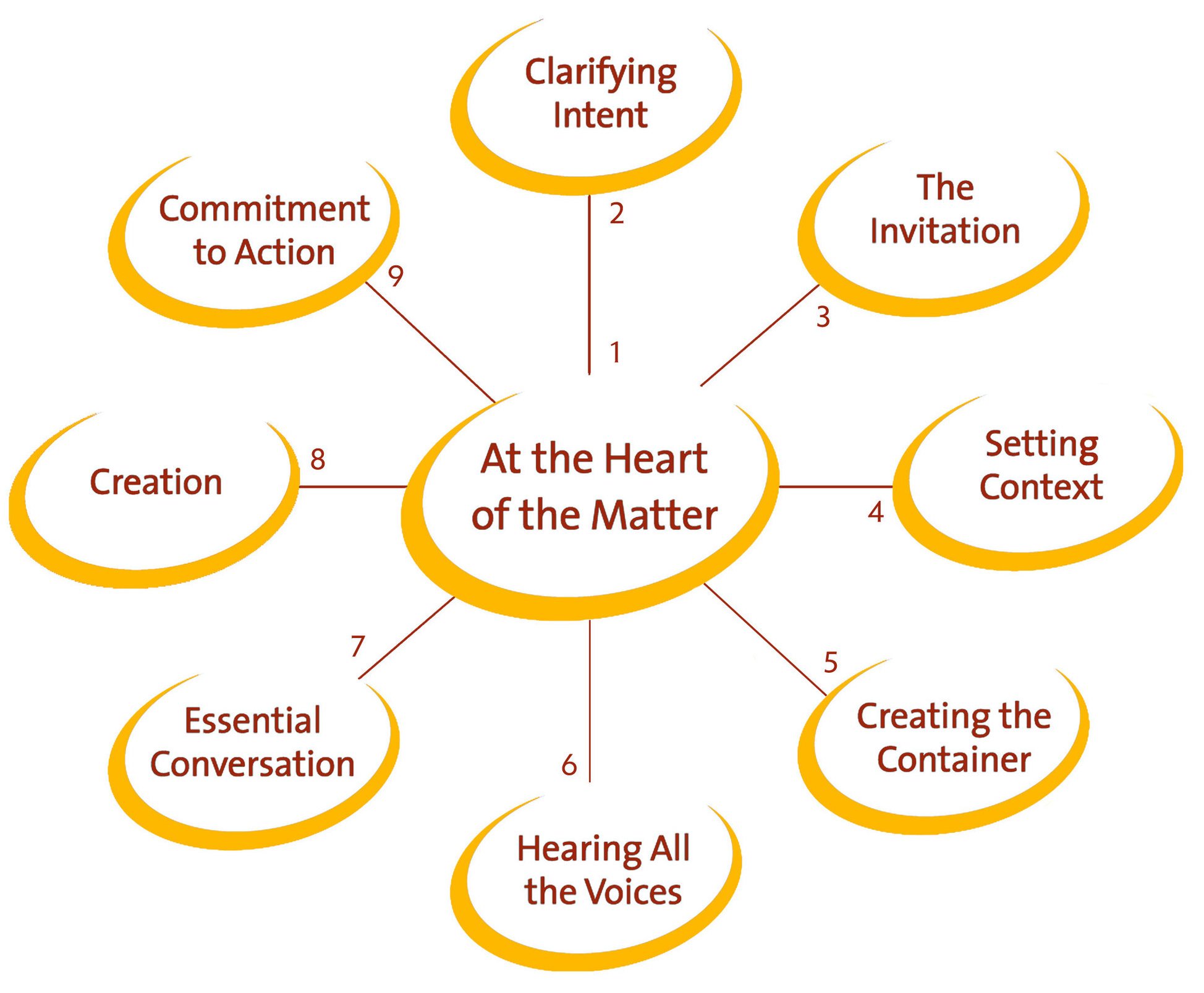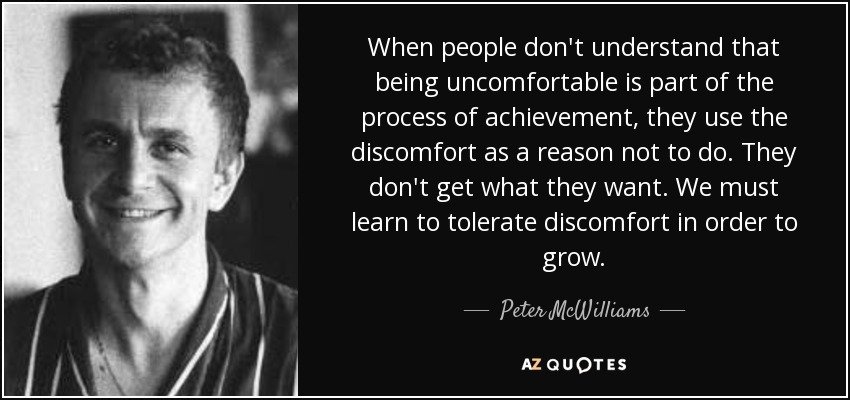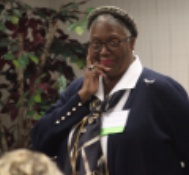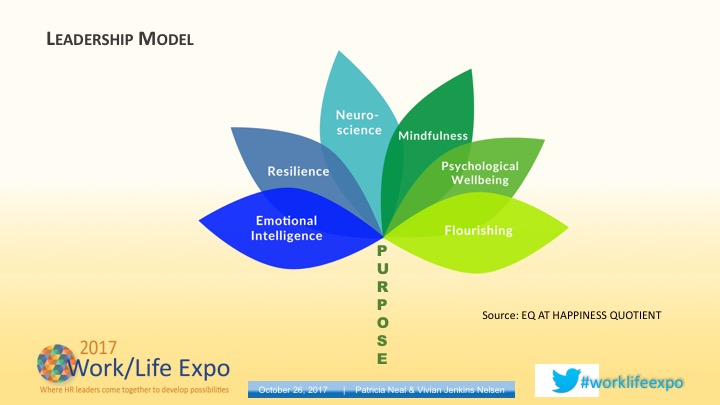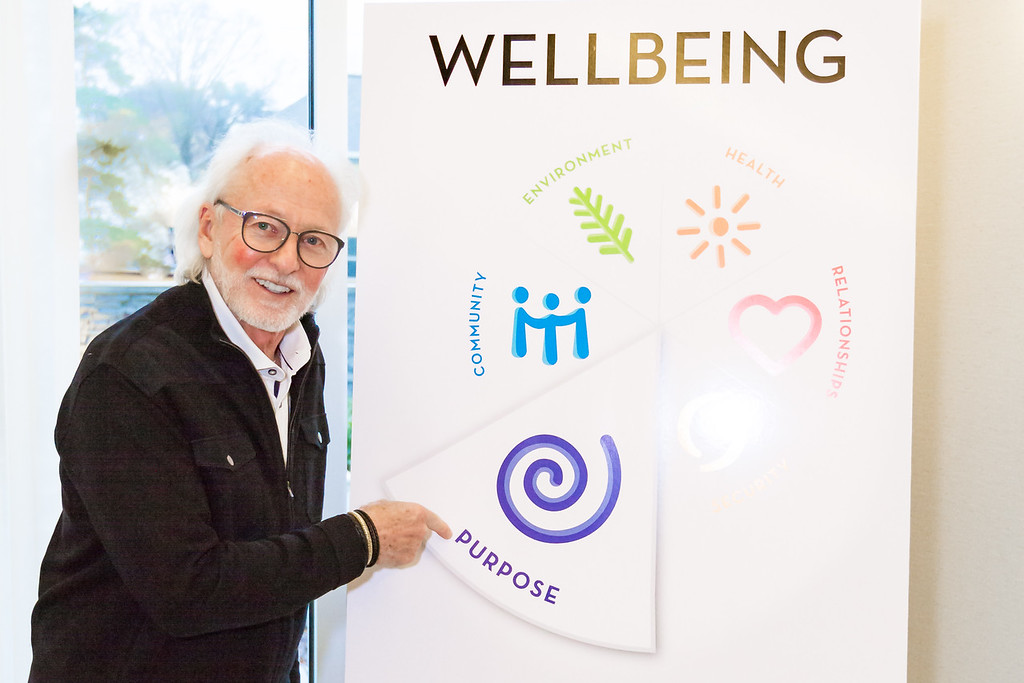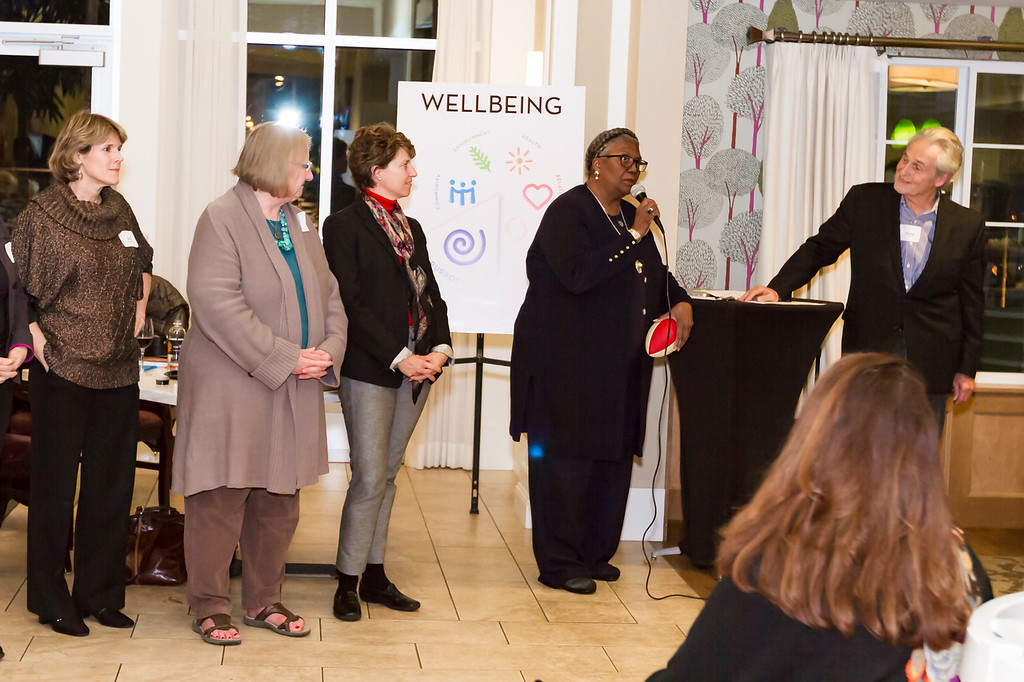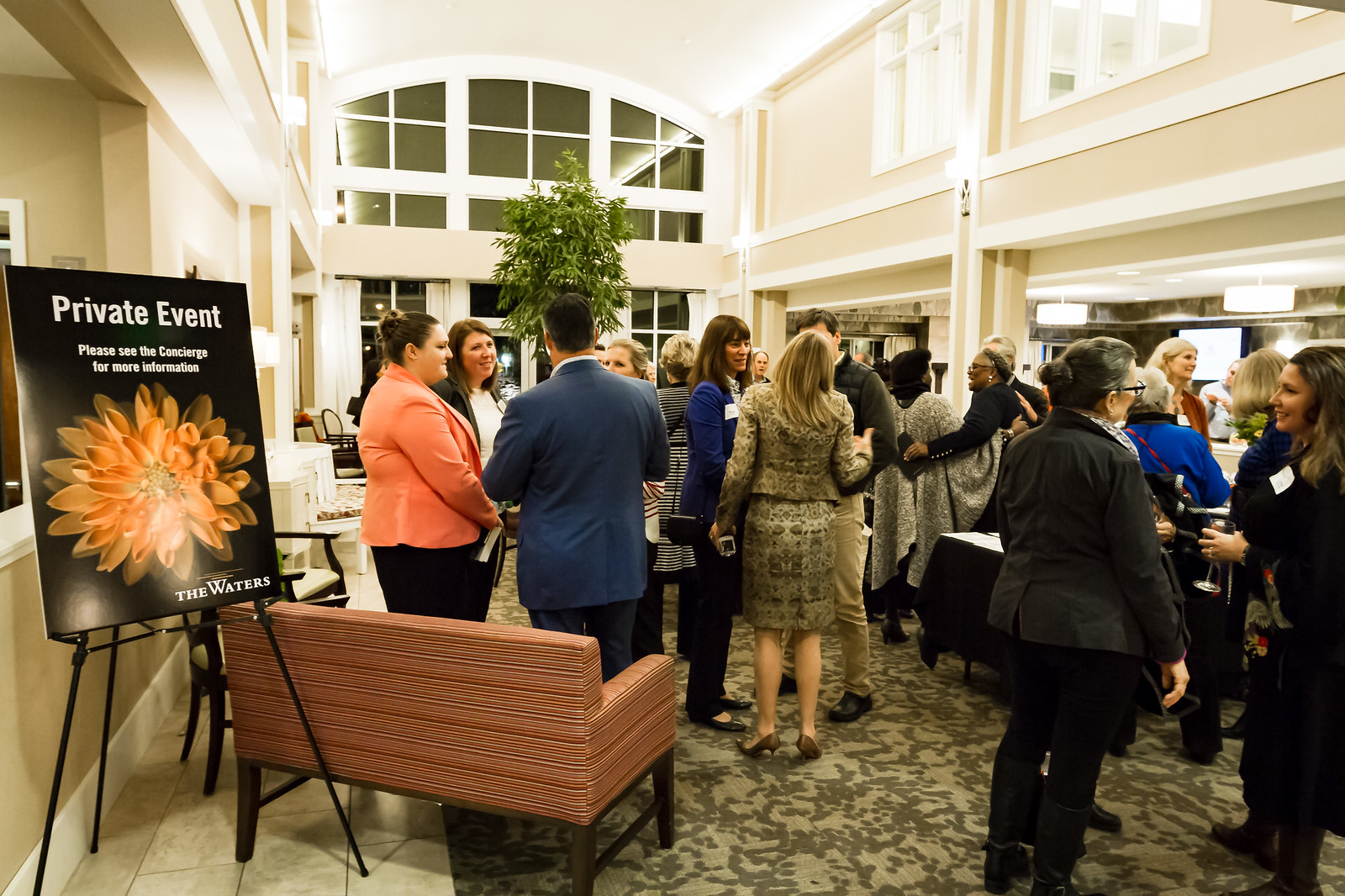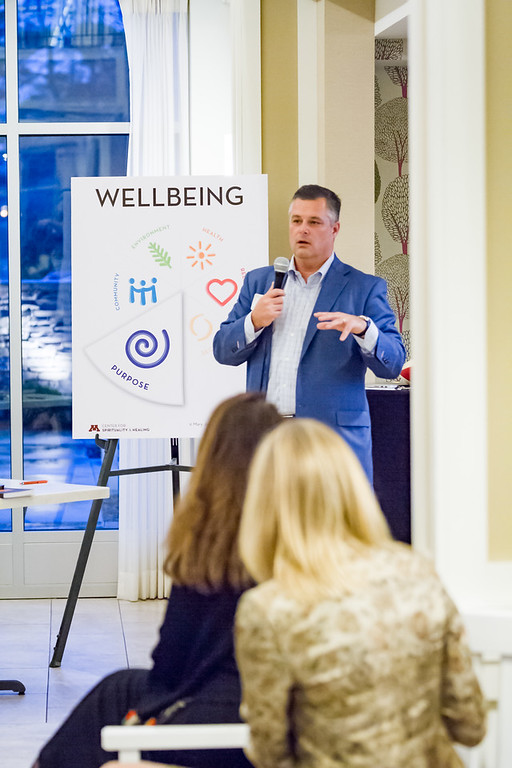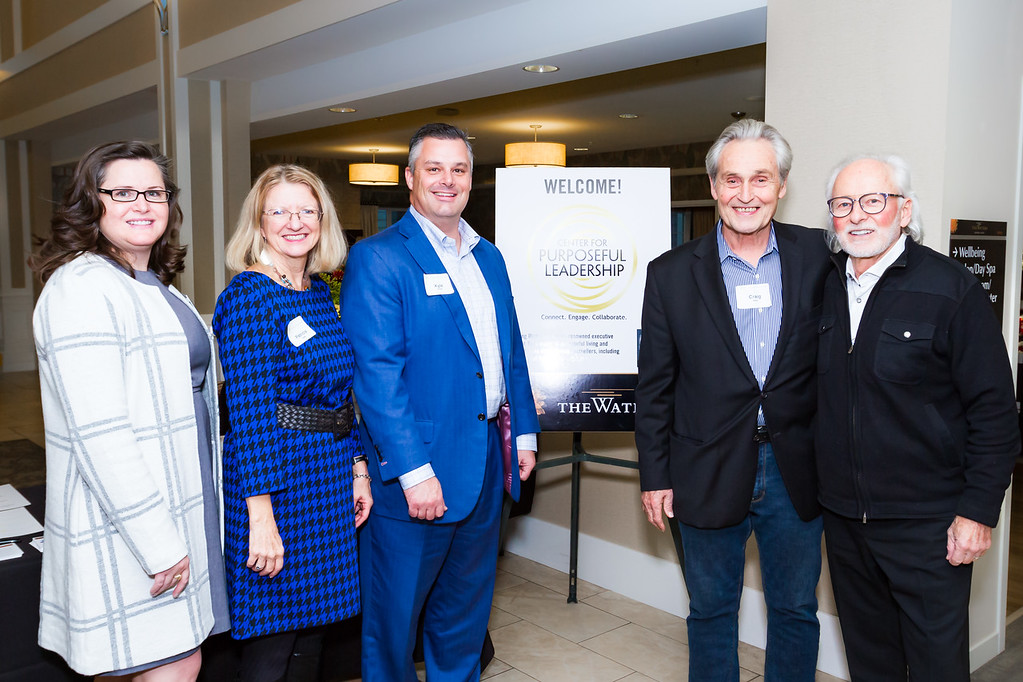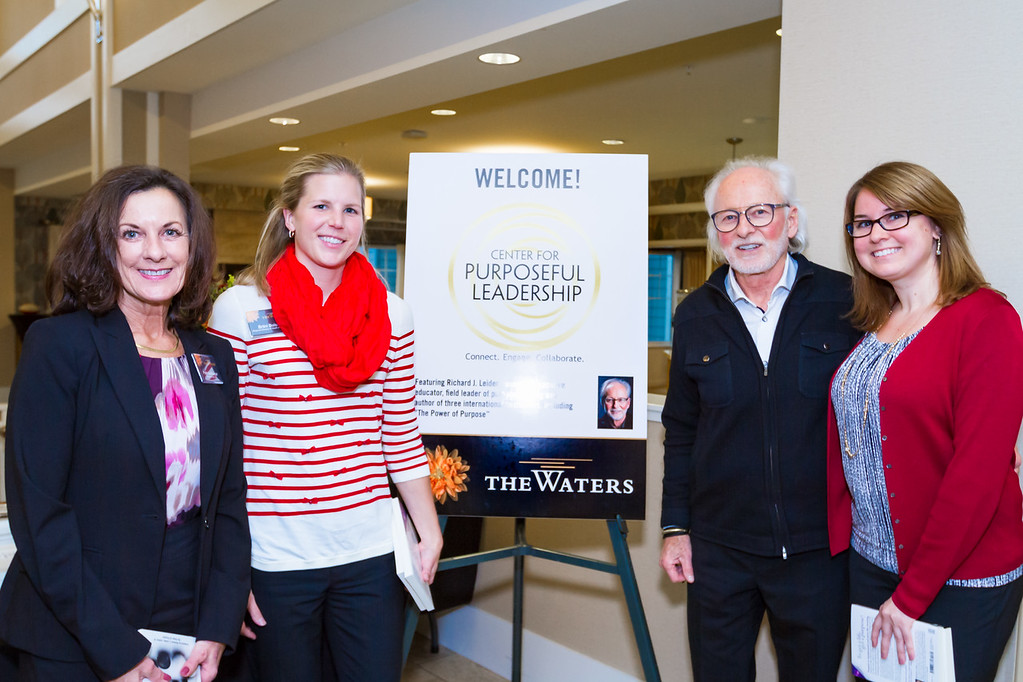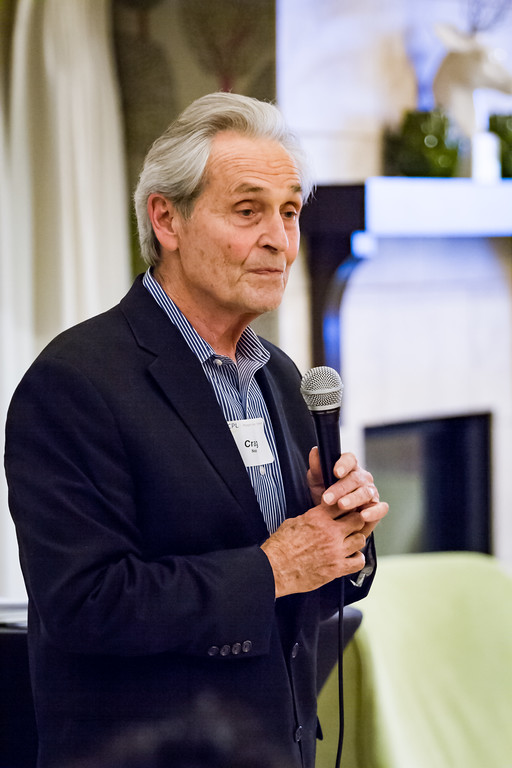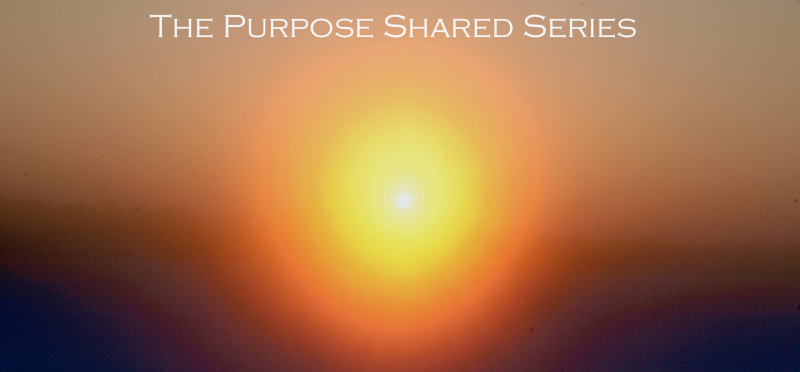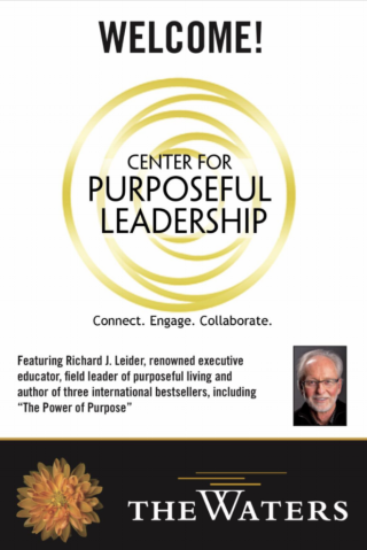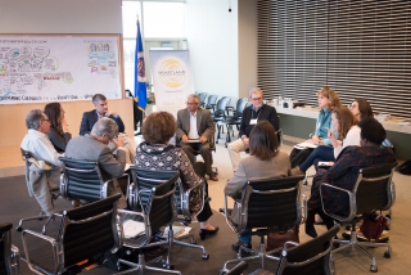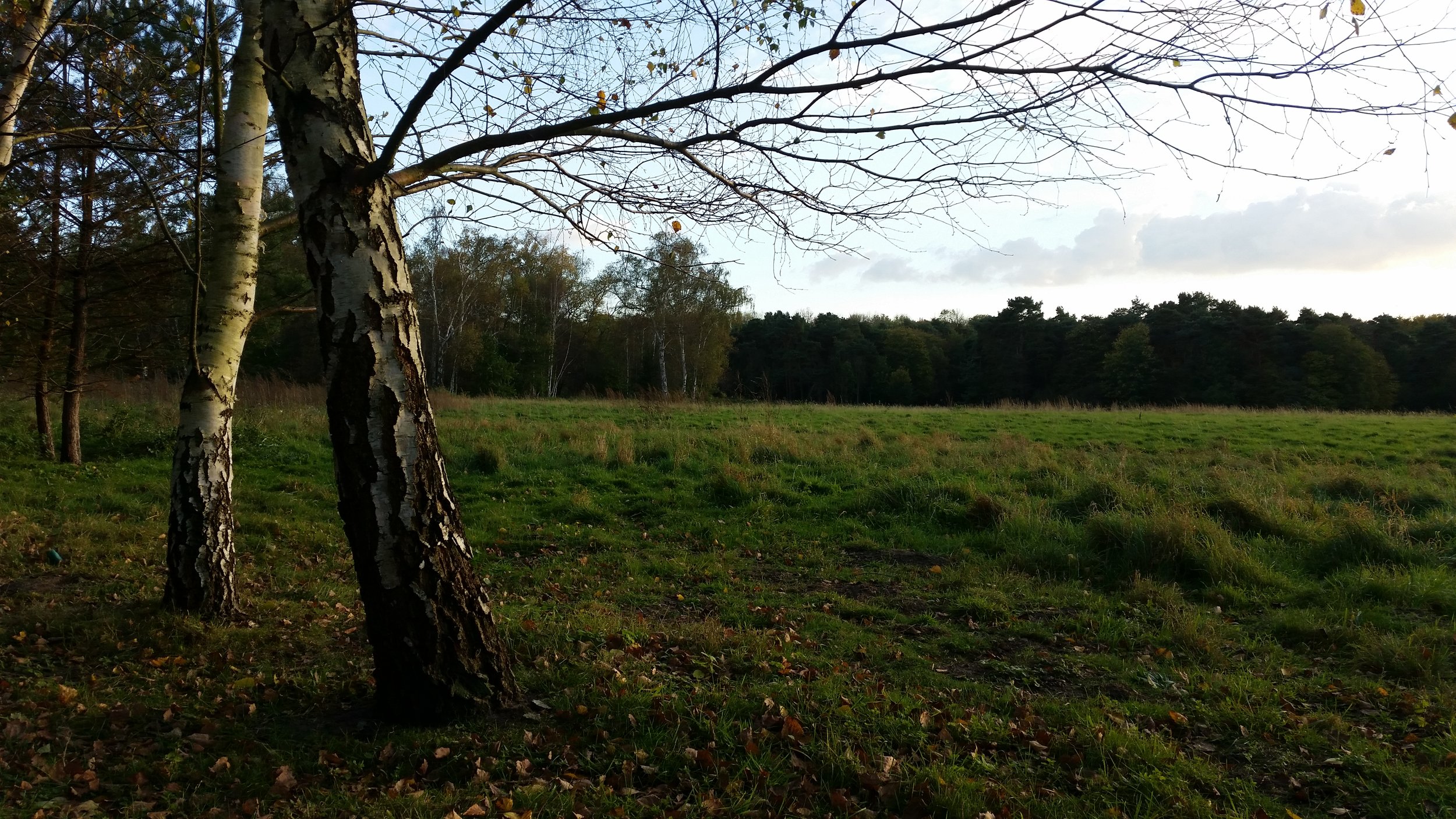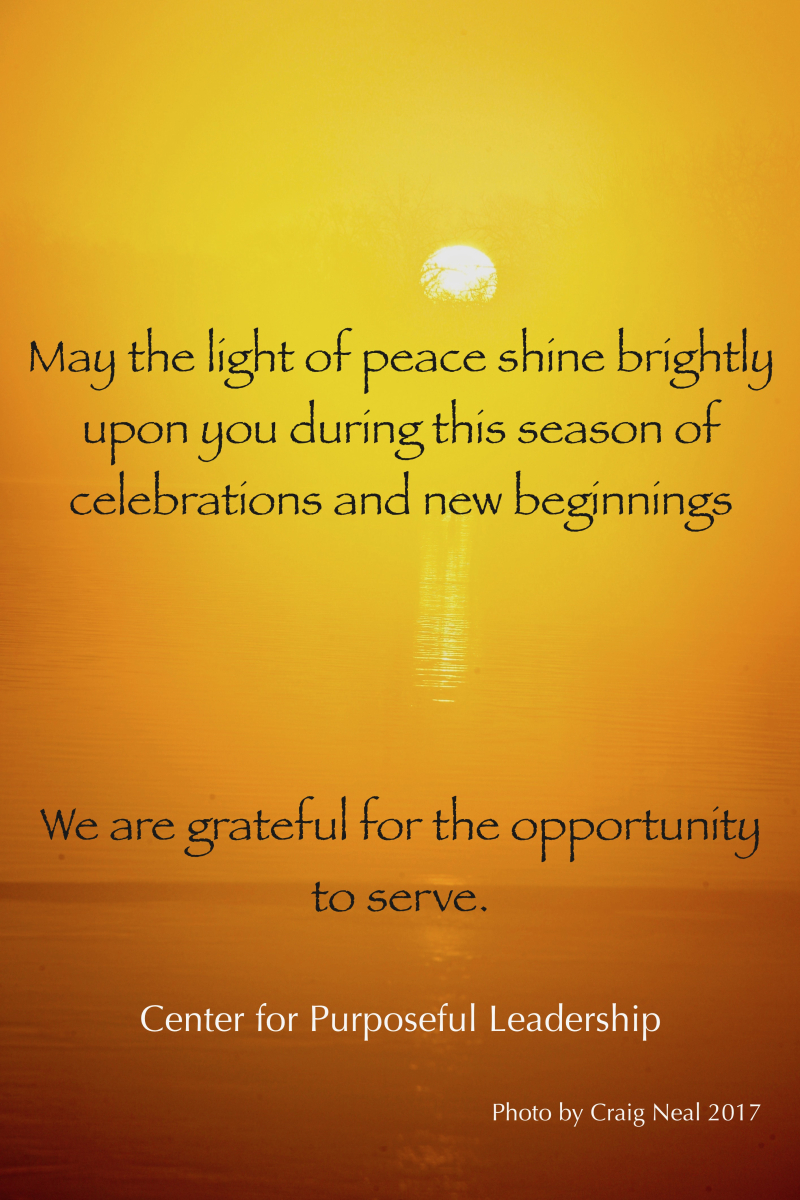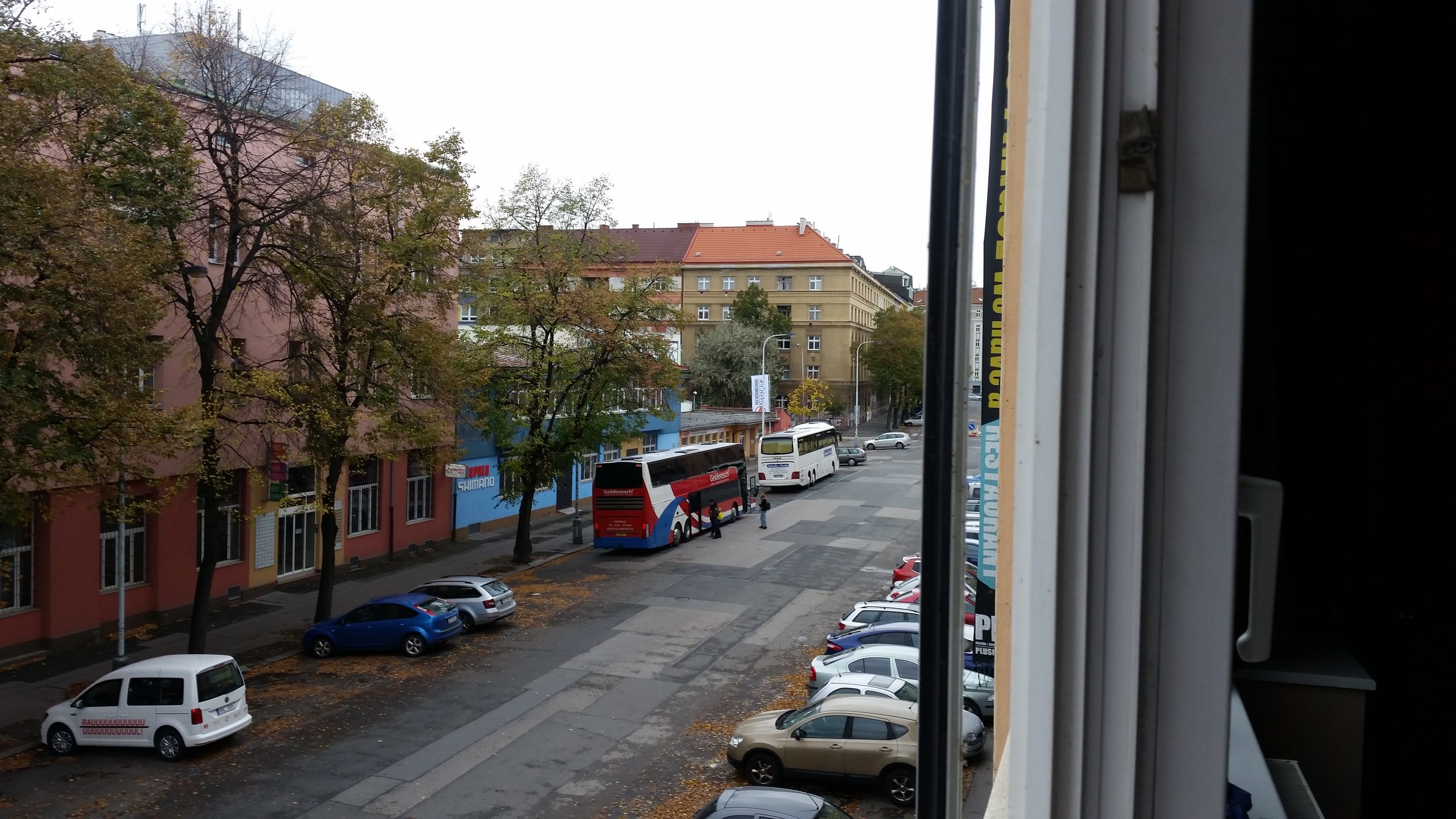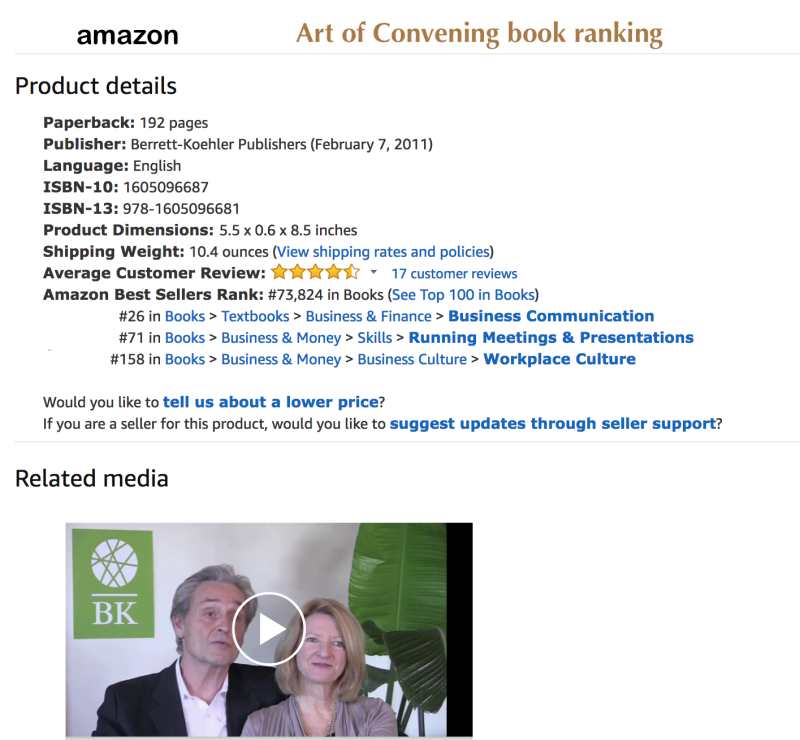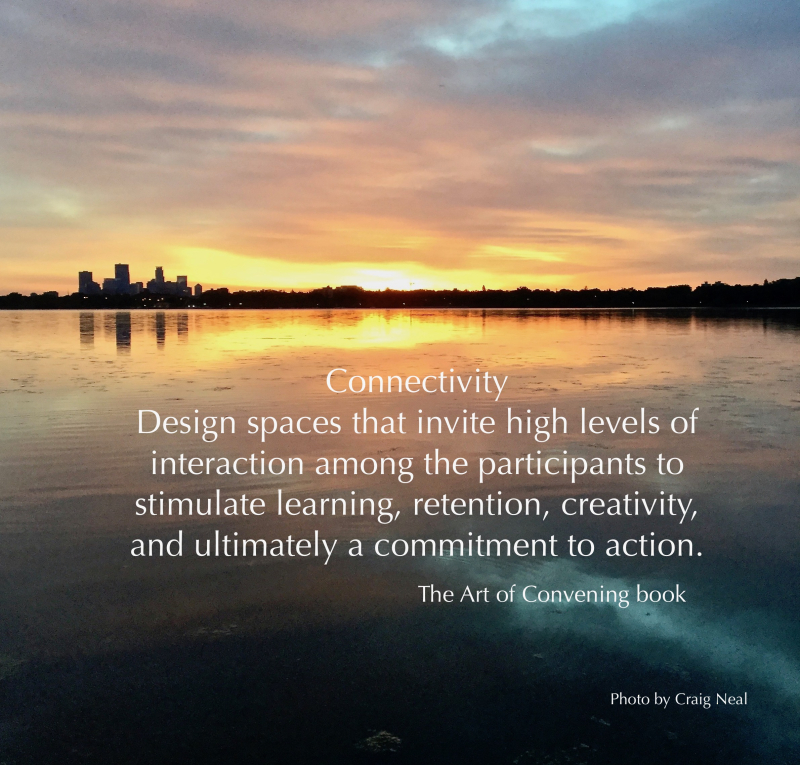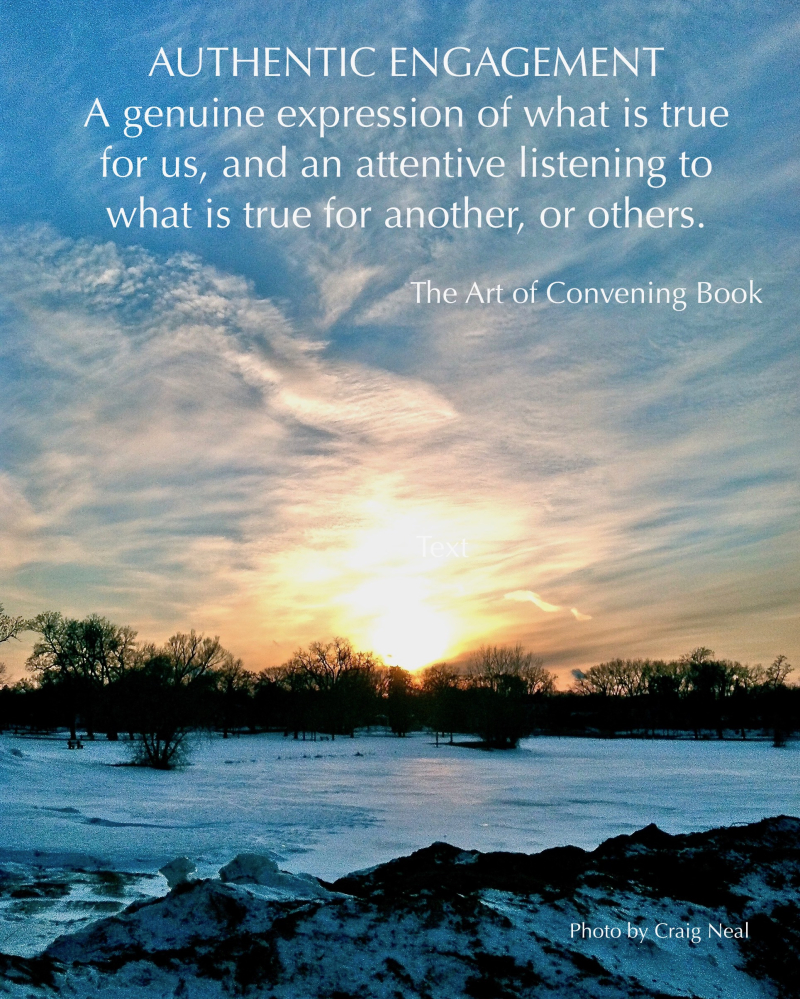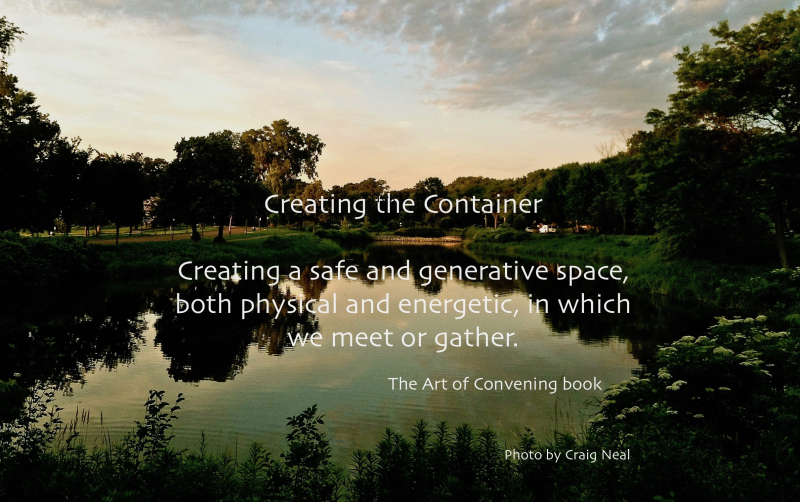Talent Revolving Door? The Soft Stuff is the Real Stuff: 3 Steps to Engagement
/Photo Credit: Craig Neal
"Patricia and Craig recently presented at GTS Government IT Symposium, Dakota County employee development, Work/Life Expo for Women, and other venues with the focus of purpose, leadership, connection, engagement."
70% of American workers don’t feel secure in their job and with their company/organization.
What most want in life was to be “valued” as an “individual”.
An avalanche of research shows the most common reason talent walks out the door is their manager who is either micromanaging, not recognizing others’ contribution, and/or disengaged. More research shows that a sense of purpose and related skillsets are essential for authentic engagement. How are the two connected?
GTS Government IT Symposium
Patricia and Craig recently presented at GTS Government IT Symposium, Dakota County employee development, Work/Life Expo for Women, and other venues with the focus of purpose, leadership, connection, engagement. The “soft stuff”, the “touchy-feely” stuff. Right? Well, to quote Seth Godin* in a recent blog post, “Let's stop calling them the 'soft skills'.”
What is at the heart of the matter? Your values as a leader are on show with every action. The “Talent Revolving Door” is a direct indicator of values of the
leader and/or the organization. Authentic engagement is an attractor and creates greater ease of communication and delivery because it builds trust. Trust is everything.
Organizations are scrambling for value-add for their product or service, differentiators to attract great talent, and increased productivity to do more with less. Authentic engagement is not only an expression of leadership values, but creates the conditions for collaboration at a truly different level.
HR is now recognizing that hiring for emotional intelligence skills is crucial to an individual’s ability to integrate into and connect with your culture, build trust, and deliver results. It is a key indicator of success.
Here are 3 steps to engagement:
- Commit to building authentic engagement as a skill set
- Commit to practice
- Commit to measure progress
1. Building authentic engagement
What are the essential elements? Engagement is more than creating exciting events or one-time recognitions. Fundamentally, engagement is about connection. The ability to connect with others in a way that lets them know they have been heard and you are seeking to understand and clarify what is needed, is foundational to building trust. In order to do that you must build the "muscles" of purposeful leadership: purpose, emotional intelligence, conversational intelligence, convening intelligence.
2. Commit to practice
Just like an athlete building new muscles, building new skills requires practice, practice, practice! Learn, Practice, Repeat!
Some of the tools and concepts CPL employs include:
- 9 Steps to Collaboration from The Art of Convening (CPL)
- Conversational Intelligence Assessment (CPL)
- Trust Changes Reality (Conversational Intelligence, Judith Glaser)
- The Business Case for Trust (Vivian Jenkins-Nelsen)
- More resources listed below
3. Commit to measure: informal and formal ideas
- Give people stretch assignments and new opportunities to contribute and learn. This shows you have paid attention enough to measure their current condition, progress and can identify opportunities for them to grow.
- Recognize and reward your people for their contributions.
- Walk the floors to initiate regular conversation.
- Convene virtual “town hall” conversations for new ideas.
- Pulse Surveys. Short, frequent surveys are a great way to maintain a consistent pulse on the vibe in your office.
- One-On-Ones.Another great way to measure engagement is through one-on-one meetings with employees.
- Stay/Exit Interviews.
#Talent #AuthenticEngagement #Purpose #PurposefulLeadership #Collaboration
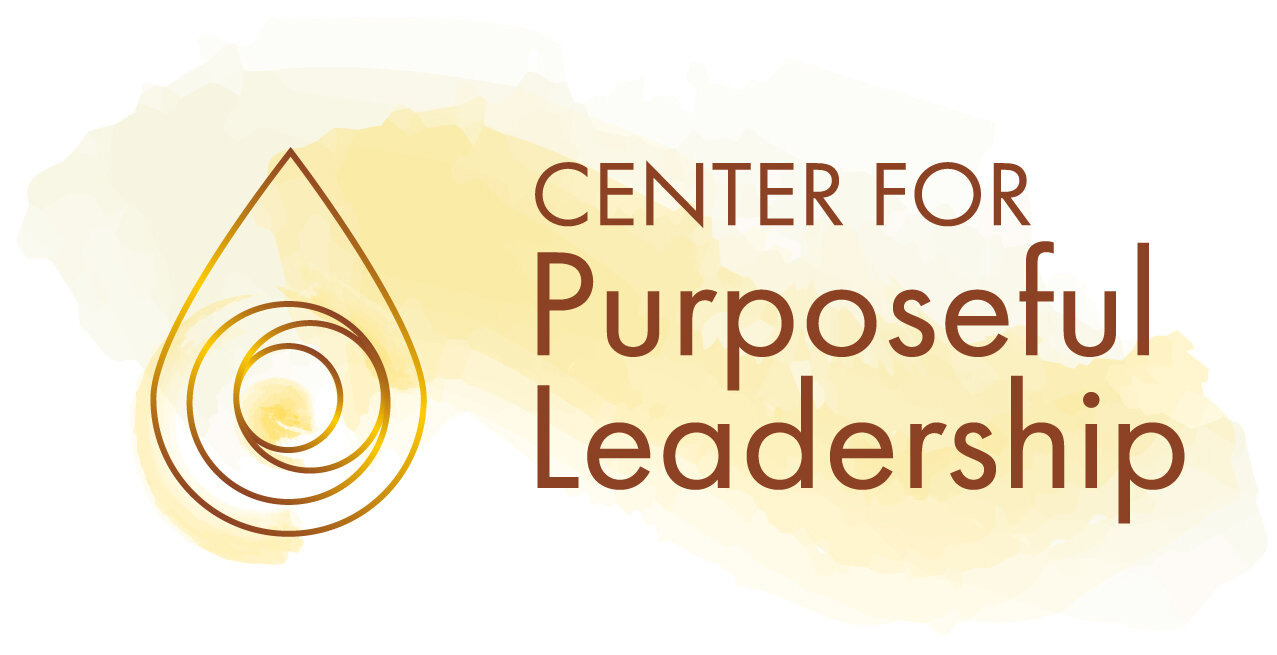




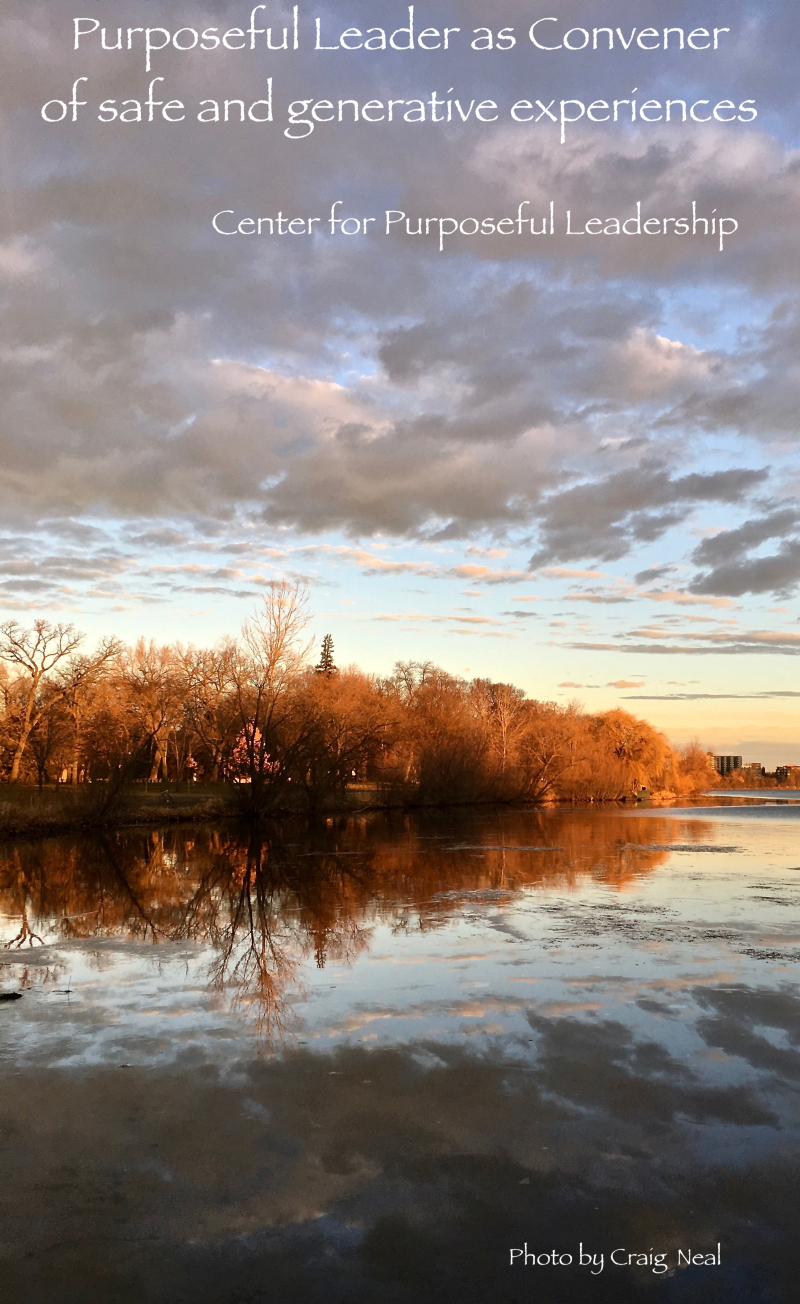












![[Hearth] Voices from Ukraine: Part 2](https://images.squarespace-cdn.com/content/v1/58a4e3be9de4bb98b066fd6f/1647955546471-VUGA4FCGFEUYJ29TEQVA/sunforest-mix-sunflower-types-1586794598.jpeg)

